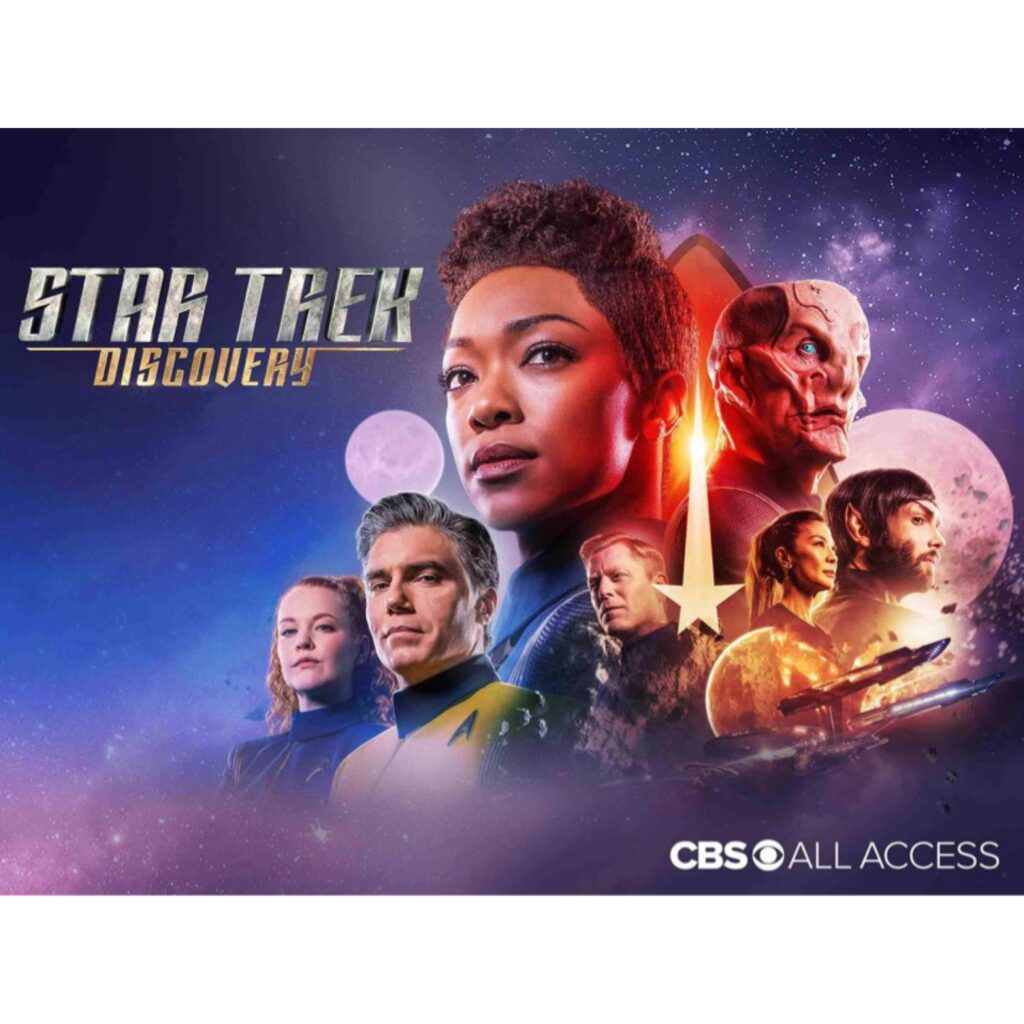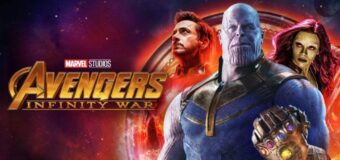Star Trek: Discovery is the sixth science fiction television series in the Star Trek universe, premiering on 24 September 2017.
Set in the year 2255, 10 years before the events of the Original Series, the crew of the USS Discovery NCC-1031 embark on a journey to explore deep space, discovering new worlds and civilisations. The first series of CBS’s Star Trek franchise. In the US, it is shown on CBS All Access, a pay-per-view streaming service. In the rest of the world, the series is available on Netflix.
Aware that such unusual situations and characters will cause some rejection from the fans of the classic Star Trek, the creators of the series launched another show, which airs immediately after the next series of Star Trek: Discovery – After Trek. It invites actors, writers and producers of the series to discuss for 40 minutes the episode they watched, the motives of the characters and the ideas that the creators put into this or that scene. This is unusual, but it helps to better understand the motivations of both the characters and the creators of the series.
What Star Trek: Discovery is definitely good at is the computer graphics. This is especially noticeable in the pilot episode. Ships, bridges, flights in space, machines and mechanisms, new form – everything is different, but everything in the style of Star Trek. The only thing I don’t understand is why did they have to change the Klingons again, and so drastically? This is the second redesign of the race in Star Trek history, and not the most successful. The Next Generation and Deep Space Nine versions look more familiar and logical. The writers clearly wanted to emphasise the alien nature of the Klingons, but it turns out like the famous Trials and Tribble-ations from Deep Space Nine, when Worf refuses to comment on the appearance of Klingons from The Original Series, hinting that they prefer not to discuss the subject with the aliens.




Leave a Reply